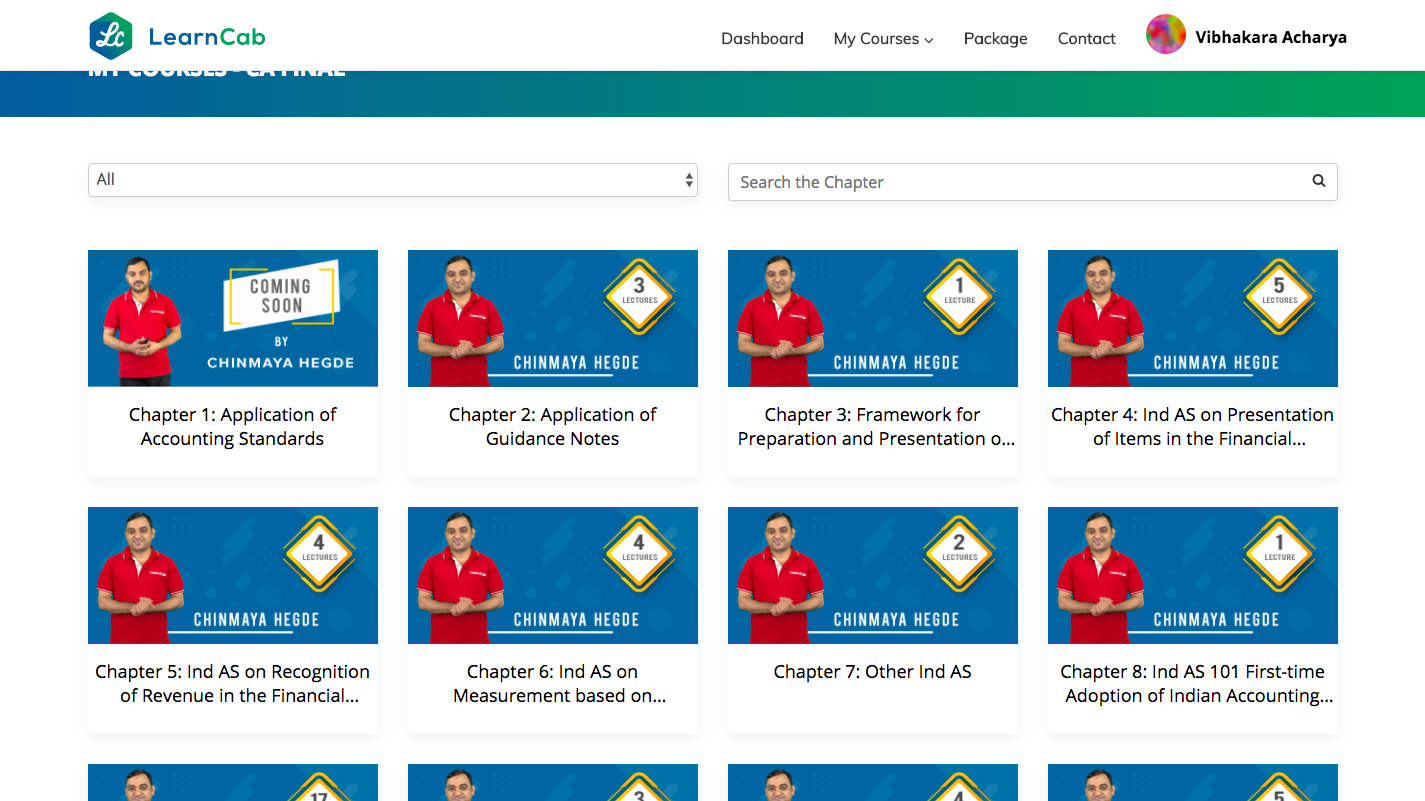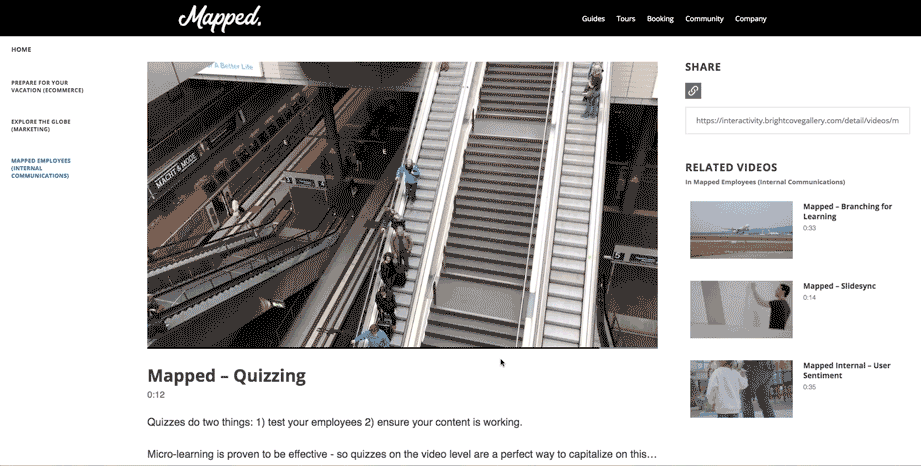OTT BEST PRACTICES
bsp-admin-1 on December 7, 2018
As time has gone on, over-the-top (OTT) content has continued to change the media landscape. And in order to thrive in this increasingly crowded marketplace, you need to produce immersive digital experiences at scale. Here are some OTT best practices to keep in mind as you stake your claim in this space.
COMPARE DIFFERENT VENDORS STRATEGICALLY
Finding a vendor that meets your needs is crucial to the success of your OTT content. When choosing a provider, ask yourself the following questions:
Do you have the required resources and skill sets in-house to create, and more importantly, manage your service and keep it current?
Do you have a large enough content library to attract viewers and keep them interested over time?
Do you plan to serve ads?
Do you plan to offer subscriptions?
Is your content best suited for a lean-forward or lean-back user experience?
CHOOSE THE RIGHT MONETIZATION MODEL
When choosing a monetization model, two significant factors to keep in mind are your audience size and addressable market. Ask yourself: Will you have enough viewers to justify a subscription service at the onset? If not, it may be better to start off with an AVOD model to attract viewers — and transition to a subscription model over time.
PROVIDE A HIGH-QUALITY STREAM
When creating your OTT model, your end goal shouldn’t simply be to present a powerful, engaging experience across native platforms — or to have your apps in the app store. While those are obviously important gains, your overall objective should be to acquire, engage, and minimize your churn. And this all begins with providing a high-quality stream.
A recent study by our friends over at Mux confirmed the importance of a solid playback experience. They found that U.S. viewers will stop watching a video when they encounter the following:
Slow load time (85.1 percent)
Stalling and rebuffering (85 percent)
Poor picture quality (57.3 percent)
Repeated playback errors (67.5 percent)
It’s clear that viewers have a low tolerance for poor video experiences, which can lead to dramatically high abandonment rates. While these could be isolated incidents that only affect a single viewing experience, in aggregate they will lead to churn.
So, how can you avoid this scenario and provide the type of top-quality streams your audience is looking for? Work with proven streaming solutions that offer rich, high-performing players at scale.
GET THE WORD OUT
Once you’ve got all the technology in place to provide a top-notch OTT experience, you need to start thinking about how you can get your programming in front of the right audience. Here, it’s crucial to create content that piques your target viewer’s interest:
Build up your social media presence — and post regularly to keep your audience engaged and talking about your brand.
Think about what lingering questions your audience may have about OTT and create captivating blog posts to fill in the gaps.
Update your site landing pages on a frequent basis to ensure you’re giving the latest information about your programming.
Are you ready to capture a piece of the OTT market? By following the OTT best practices above, you can take your digital experiences to the next level.












